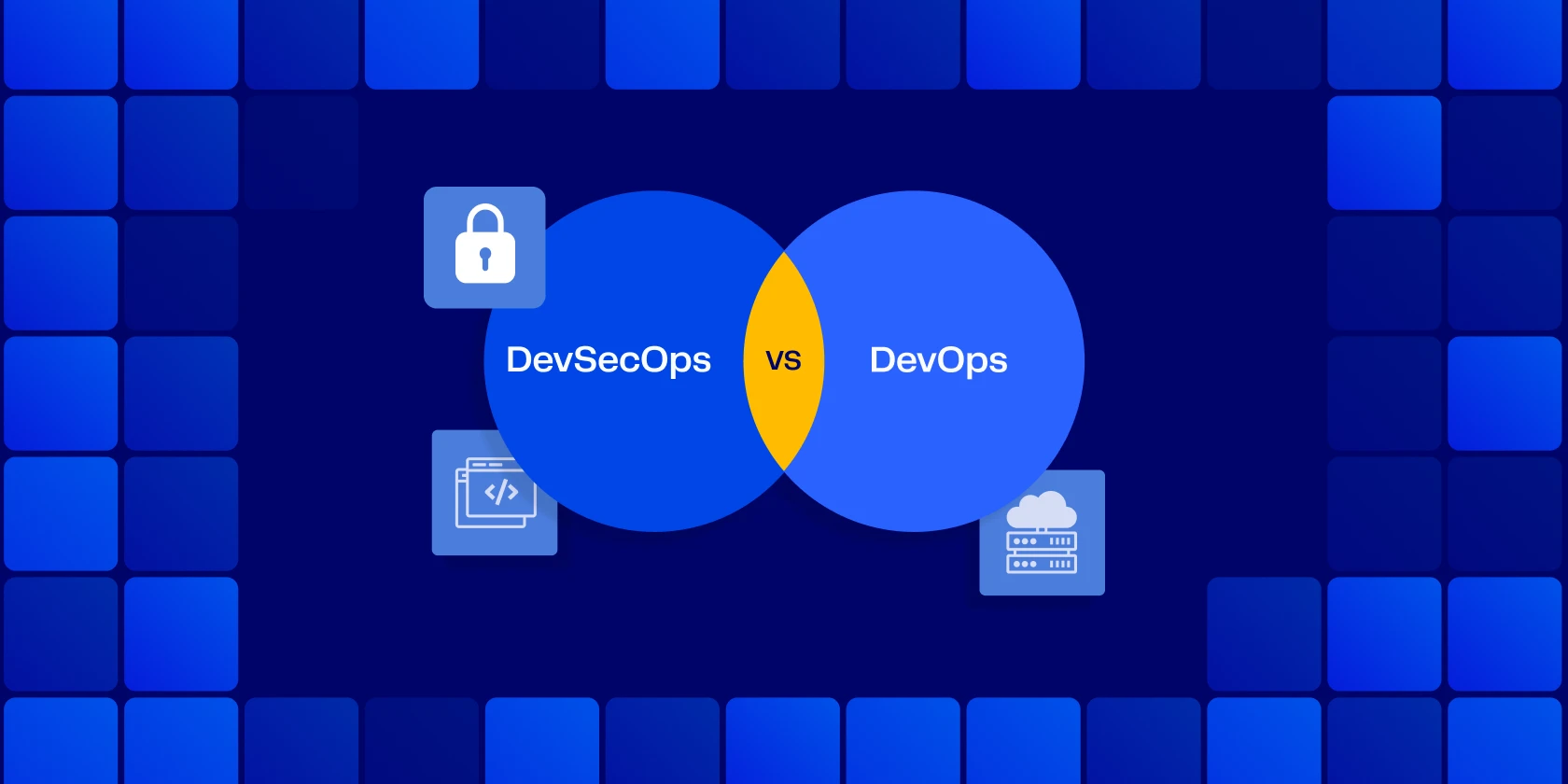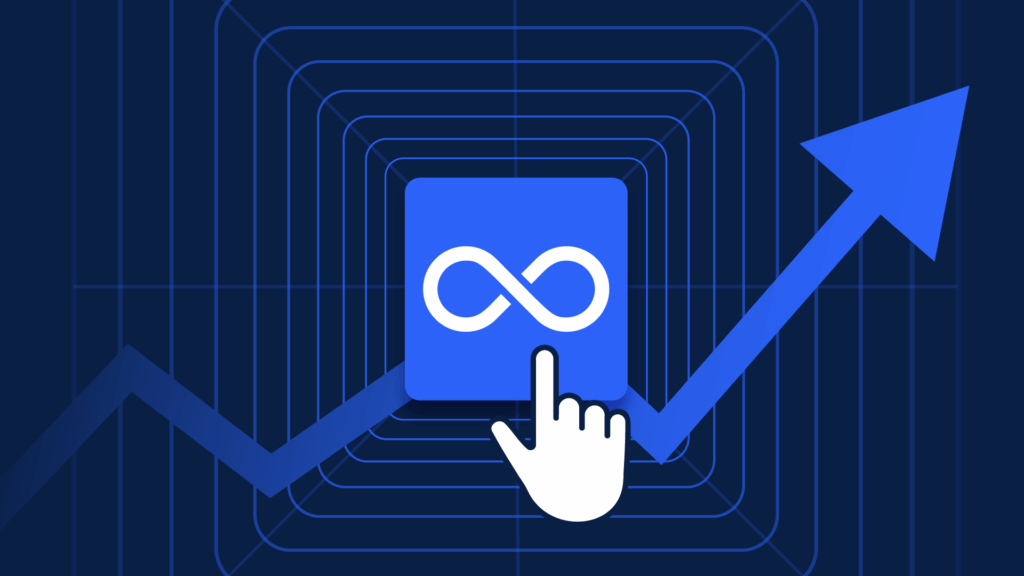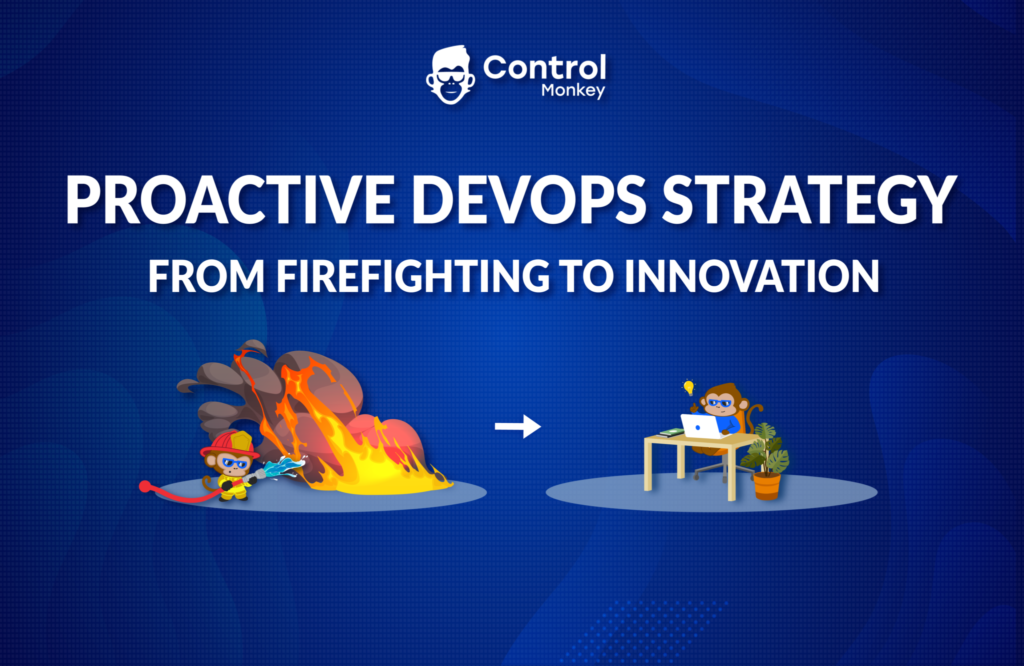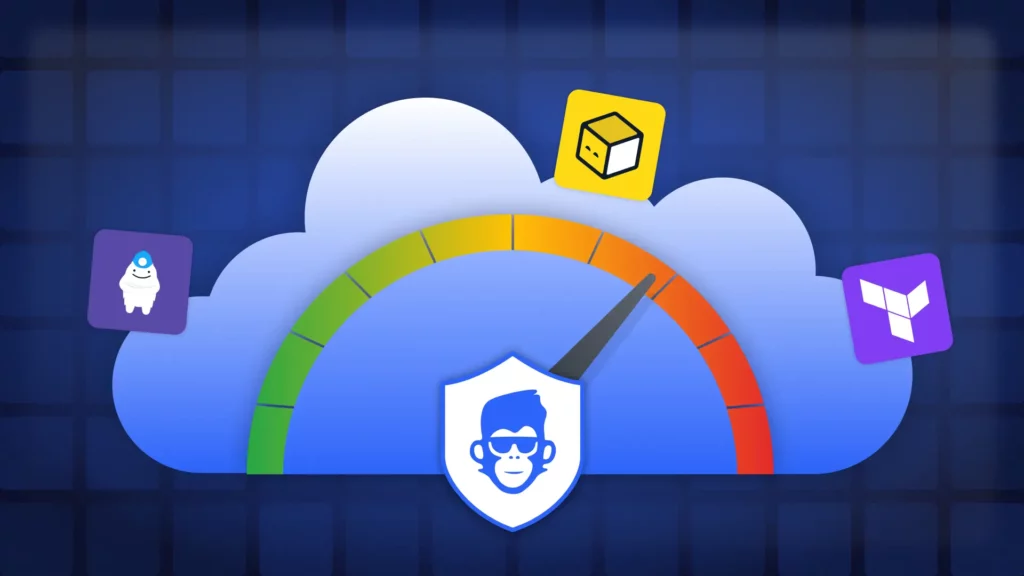Infrastructure-as-Code (IaC) adoption is accelerating as its benefits for fast, consistent and automated continuous deployment are realized. When talking about DevOps vs DevSecOps, it is important to note that it also offers new opportunities for both to achieve their KPIs for software delivery and security.
In this blog, we explore the differences and similarities between DevOps and DevSecOps, their goals within modern software delivery in the IaC era, and how tools like ControlMonkey support both approaches.
What is DevOps?
DevOps is both a culture and a technical discipline that bridges development and IT operations. DevOps plays a critical role in helping to achieve faster release cycles and better deployment quality. The key responsibilities for this role include:
- Overseeing CI/CD pipelines: Building robust systems for continuous integration, delivery, and shorter release cycles.
- Automating/building/testing/deploying workflows: Everything is codified from code commit to cloud deployment.
- Fostering development efficiencies: Designing automation and provisioning processes to faster development.
- Implementing and monitoring Infrastructure-as-Code (IaC): Using tools like Terraform, Pulumi, and AWS CloudFormation for maintenance efficiencies.
What is DevSecOps?
DevSecOps integrates security practices into the DevOps workflow, ensuring that security is treated as a shared responsibility throughout the entire software development lifecycle. DevSecOps engineers collaborate with development and operations teams to automate security checks and compliance, embedding security from code commit to deployment. Their approach reduces vulnerabilities, accelerates secure release cycles, and ensures regulatory requirements are met. Key responsibilities include:
- Designing and implementing security automation: Automating security testing and compliance within CI/CD pipelines
- Finding and fixing software security issues: Identifying and remediating vulnerabilities in code and infrastructure
- Enforcing policies: Implementing security policies through Infrastructure-as-Code (IaC) tools
- Monitoring and incident response: Overseeing systems to identify threats and responding to incidents
- Training and education: Instructing teams on secure coding and development practices
- Compliance: Ensuring systems and development practices meet regulatory and industry standard requirements
Where Do DevOps Vs DevSecOps Overlap and Differ?
DevOps and DevSecOps engineers both focus on leveraging automation, continuous integration, and rapid deployment to streamline software delivery. They share a focus on prioritising efficiency, reliability, and scalability, working to eliminate siloes and employ IaC for repeatable, consistent infrastructure environments.
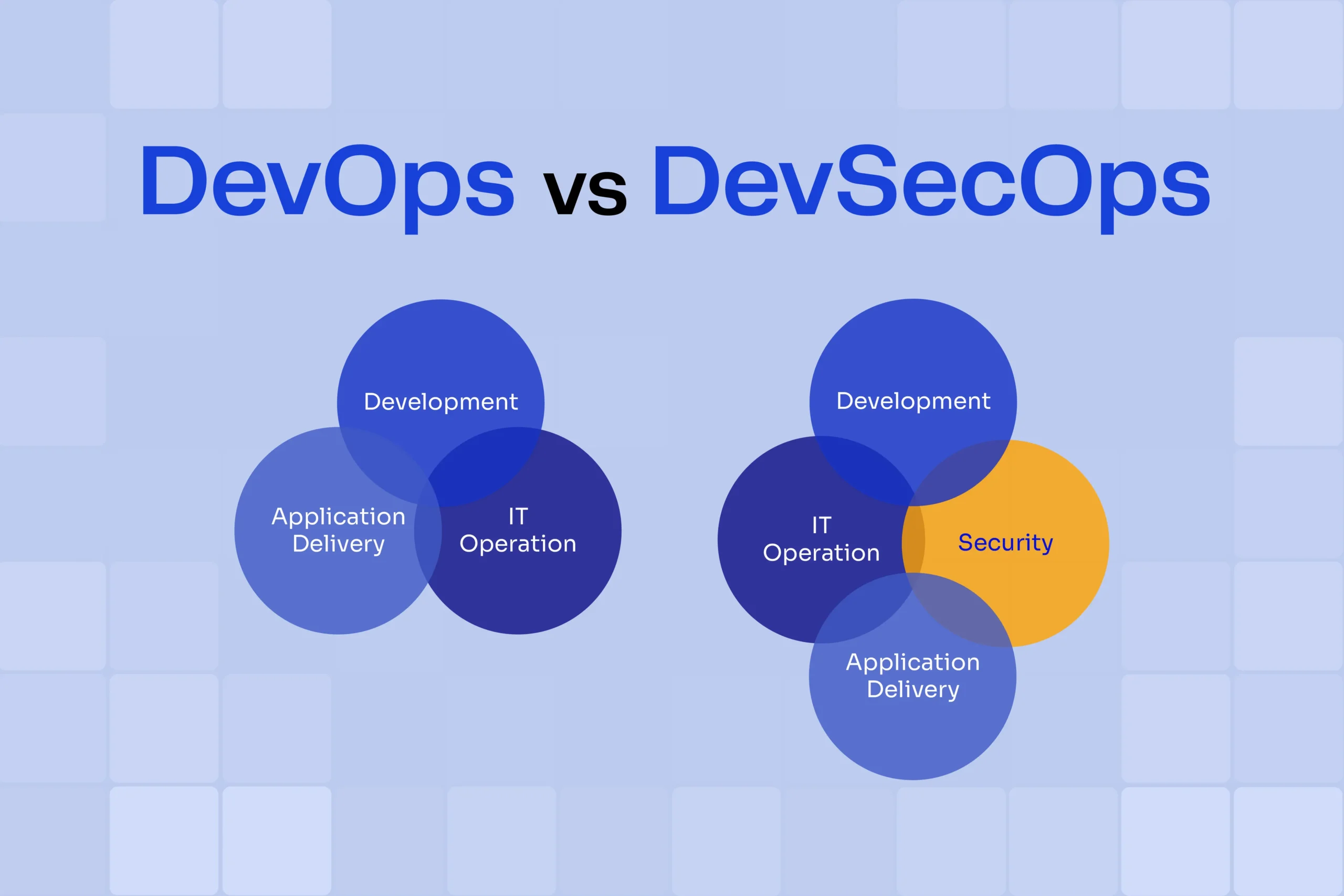
Where they vary is how they prioritize and manage security within the SDLC.
| Role | Primary Focus | Philosophy |
|---|---|---|
| DevOps | Speed, delivery, collaboration | Streamline and accelerate development through automations and CI/CD practices |
| DevSecOps | Security, reliability, compliance | Deliver demonstrably secure and compliant applications without compromising delivery speed and product quality |
- DevSecOps aims to fully and continuously integrate security into every phase of the SDLC.
- They embed security controls, automated compliance checks, and vulnerability management directly into development workflows.
- DevSecOps engineers routinely work together with security teams, automating security testing and threat detection within pipelines, enforcing policy as code, and making sure regulatory requirements are met from the start.
Problems DevOps vs DevSecOps Are Designed to Solve
They are closely related, but DevOps and DevSecOps solve slightly different challenges.
| DevOps Engineers Solve Problems Like: | DevSecOps Engineers Solve Problems Like: |
|---|---|
| Accelerating time-to-market for new features Breaking communication silos between development and operations Automating deployment pipelines Managing IaC across multi-cloud and hybrid environments Enabling continuous integration and delivery | Breaking down barriers between AppSec and development teams Ensuring developers receive effective security training Automating security and compliance checks Enforcing security-related development policies Securing IaC across multi-cloud and hybrid environments |
DevSecOps may also be involved in many of the responsibilities of DevOps. DevSecOps is arguably a progression in maturity of approach, rather than a completely different role.
DevOps vs DevSecOps: Key differences in IaC practices and performance metrics
DevOps use IaC to define and provision infrastructure in a descriptive model that ensures consistency and repeatability in deployments. By automating infrastructure through Terraform models and IaC templates, they accelerate provisioning to deliver software faster. DevOps monitoring focuses on performance issues and reliability.
Key metrics for DevOps include:
- Delivery speed, automation and efficiency.
- Deployment frequency, lead time for changes, change fail rates
DevSecOps adds a layer of security by embedding approved configurations and policies into IaC templates and automating pre-deployment scans for vulnerabilities and misconfigurations.
Post-deployment, DevSecOps undertake real-time monitoring and threat detection. Drift detection tools are used to identify when deployed infrastructure deviates from its IaC definition.
Key metrics for DevSecOps include:
- Vulnerability discovery rate, Mean Time To Remediate (MTTR), Security Technical Debt, Mean Vulnerability Age, security risk exposure and density.
- Security testing coverage, false positive rates, code review quality.
DevOps vs DevSecOps Tool Use and Priorities
| Category | Tools Used | DevOps Focus | DevSecOps Focus |
|---|---|---|---|
| Infrastructure as Code (IaC) | Terraform, CloudFormation, Ansible | Automate provisioning and deployment | Ensure templates are compliant with security and regulatory requirements |
| CI/CD Pipelines | Jenkins, GitHub Actions, GitLab CI | Build, automate, and deploy software | Implement automated scans and SAST, DAST, SCA testing into the CI/CD pipeline |
| Observability & Monitoring | Prometheus, Grafana, Datadog, ControlMonkey | Not primary tools; may assist with basic monitoring | Drift detection, security monitoring, infrastructure performance. |
| Incident Response & Reporting | PagerDuty, Opsgenie | Occasionally assist during incidents | Detect, manage and remediate incidents. Automate IR. |
DevOps vs DevSecOps: collaboration not competition
The widespread adoption of IaC and the importance of ensuring security doesn’t impede software delivery means that collaboration between DevOps and DevSecOps is the only logical approach. In fact, organizations should focus on maturing their DevOps approach to integrate automated security seamlessly and transition to DevSecOps.
IaC helps this process by providing a shared understanding and language, resulting in a single source of truth for the environment’s configuration, meaning everyone is on the same page regarding infrastructure set-up and changes.
ControlMonkey for DevOps and DevSecOps
ControlMonkey is a powerful platform designed to support DevOps engineers in their drive for fast, consistent, reliable cloud infrastructure provisioning.
At the same time, it supports DevSecOps through the integration of policies and compliance requirements into self-service templates, delivering agility without sacrificing control and showing the Iac Risk Index via what is managed and unmanaged by Iac. Automated drift detection and remediation keep infrastructure in its desired state to minimize risk.
ControlMonkey can help your business achieve a no-compromise transition from DevOps to DevSecOps. Ready to learn more? Request a demo now.

A 30-min meeting will save your team 1000s of hours
A 30-min meeting will save your team 1000s of hours
Book Intro Call
Sounds Interesting?
Request a Demo

